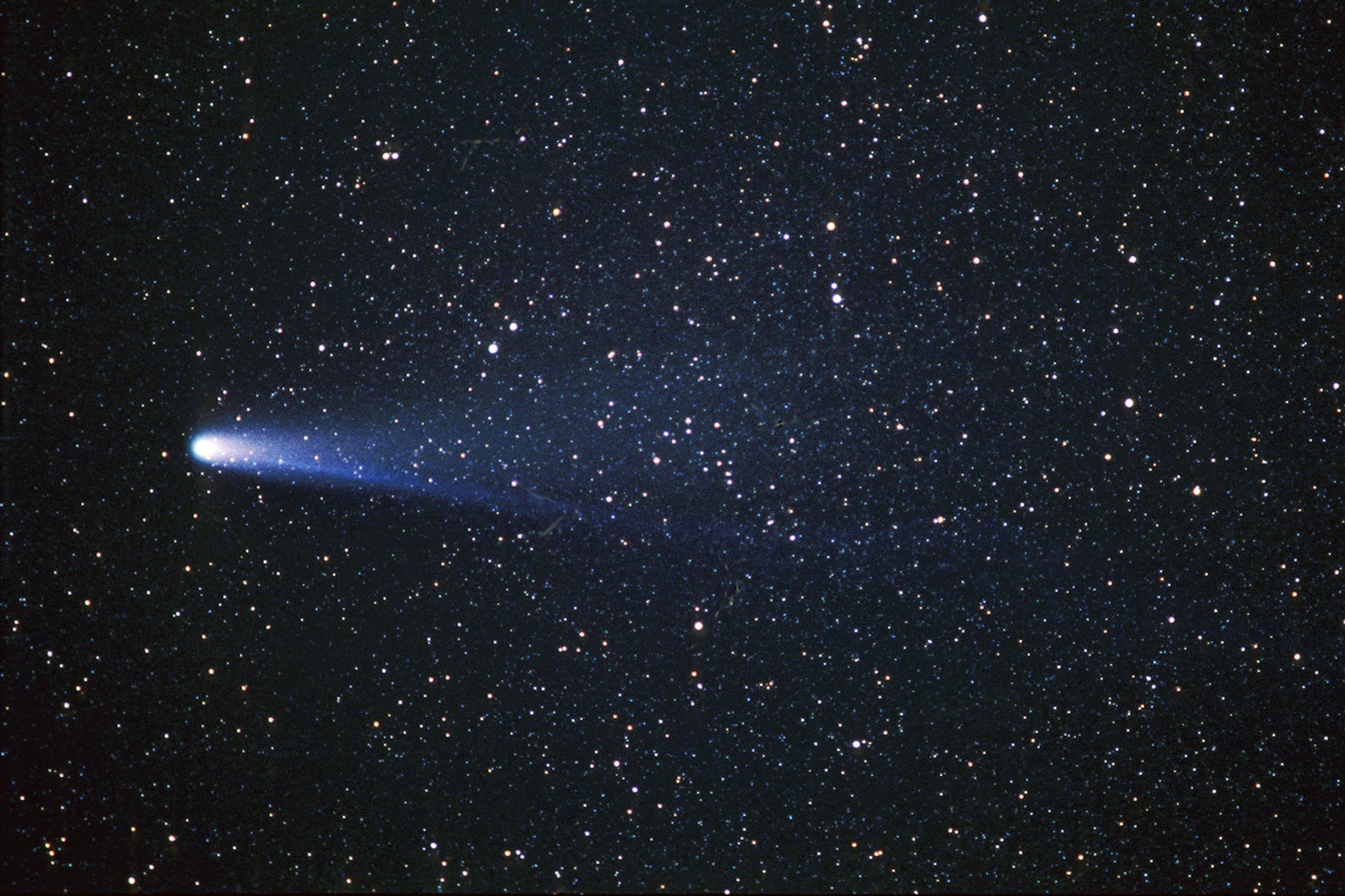Halley's Comet, a celestial marvel, has captured the imaginations of astronomers and stargazers alike for centuries. Its periodic appearances in the night sky are not just a spectacle but also a significant event in the world of astronomy. The comet, with its dazzling tail and unique orbit, serves as a reminder of the vastness of our universe and the wonders it holds. People across generations have eagerly awaited Halley's Comet's return, marking the event with festivities and scientific discussions.
The comet, officially designated 1P/Halley, is one of the most famous comets visible from Earth. It has an orbital period of approximately 76 years, which means that it has been seen by humanity in various historical epochs, each time leaving a lasting impact on cultures and societies. The last appearance of Halley's Comet was in 1986, and its next anticipated return is expected in 2061, making it a significant point of interest for both scientists and the general public.
Understanding Halley's Comet appearance is not just about witnessing a beautiful astronomical event; it also involves delving into the science behind comets and their behavior. As we explore the mysteries surrounding this iconic comet, we will answer key questions about its composition, historical significance, and what makes its appearance so unique. Join us as we journey through the cosmos to unveil the secrets of Halley's Comet!
What Causes Halley's Comet to Appear?
The appearance of Halley's Comet is primarily the result of its elliptical orbit around the Sun. This orbit brings the comet close to Earth every 76 years, allowing us to see it with the naked eye. When Halley's Comet approaches the Sun, the heat causes the comet's icy nucleus to sublimate, releasing gas and dust which form a glowing coma and a tail that can stretch for millions of kilometers. This process is what gives the comet its spectacular appearance.
How Often Can We Expect Halley's Comet Appearance?
Halley's Comet appears approximately every 76 years. Below is a list of its notable appearances:
- 240 BC - First recorded sighting by Chinese astronomers.
- 1066 AD - Associated with the Norman Conquest of England.
- 1910 AD - Passed close to Earth, causing widespread public interest.
- 1986 AD - The comet was visible from Earth, and several spacecraft were sent to study it.
- 2061 AD - Next expected appearance.
How Has Halley's Comet Appearance Influenced Culture?
Throughout history, Halley's Comet has inspired myths, art, and literature. Its appearances have been interpreted variously as omens, harbingers of change, and celestial wonders. Some notable cultural impacts include:
- The Bayeux Tapestry, which depicts the comet as a sign of the Norman invasion.
- References in literary works, including Mark Twain, who was born shortly after its appearance in 1835 and died shortly after its return in 1910.
- Scientific investigations that have expanded our understanding of comets and their significance in the solar system.
What Scientific Discoveries Have Been Made During Halley's Comet Appearances?
Halley's Comet has been the subject of numerous scientific studies, leading to significant discoveries:
- In 1986, the European Space Agency's Giotto mission successfully flew by Halley's Comet, capturing images and data about its nucleus and composition.
- Analysis of the comet's materials provided insights into the early solar system's formation.
- Studies of the comet's tail have enhanced our understanding of solar wind and its interaction with comets.
Why Is Halley's Comet Important for Astronomy?
Halley's Comet serves as a crucial point of study in astronomy for several reasons:
- It is one of the few comets visible to the naked eye, making it an accessible object of study for both amateur and professional astronomers.
- The comet's predictable orbit allows astronomers to plan observations and research effectively.
- Halley's Comet provides a unique opportunity to study the chemical and physical properties of comets, offering insights into the building blocks of our solar system.
What Can We Expect During the Next Halley's Comet Appearance?
As we eagerly await the return of Halley's Comet in 2061, we can anticipate a grand celestial show. Here are some expectations:
- Increased public interest and educational outreach about comets and their significance.
- Advancements in technology may provide new ways to observe and study the comet more closely.
- Collaboration among international space agencies for potential missions to study the comet.
How Can We Prepare for Halley's Comet Appearance?
To make the most of Halley's Comet's next appearance, here are a few steps to prepare:
- Stay informed about its predicted trajectory and visibility dates.
- Plan stargazing events and gatherings to share the experience with others.
- Engage with local astronomy clubs or organizations for expert guidance and observation opportunities.
What Are the Future Prospects for Halley's Comet Research?
The ongoing research surrounding Halley's Comet will continue to evolve as new technologies and methods emerge. Scientists aim to:
- Enhance our understanding of cometary behavior and their role in the solar system.
- Investigate the potential for future missions to Halley's Comet.
- Use data from past appearances to predict and model the comet's future activities.
In conclusion, the Halley's Comet appearance is not just a fleeting moment in time; it is a celebration of humanity's quest for knowledge and the wonders of the universe. As we look forward to its next visit, let us cherish the legacy of this celestial wanderer and the stories it continues to tell across generations.


